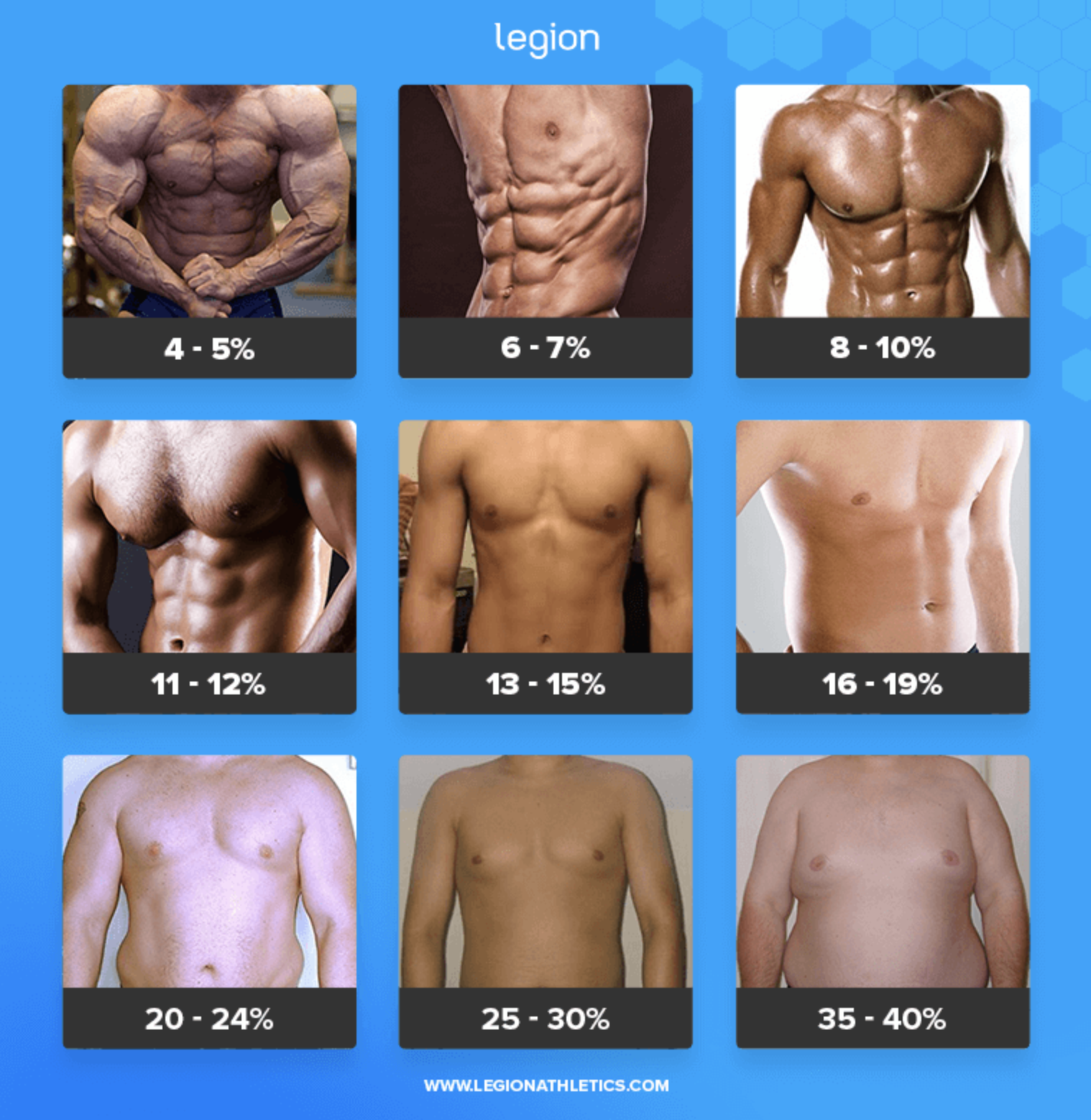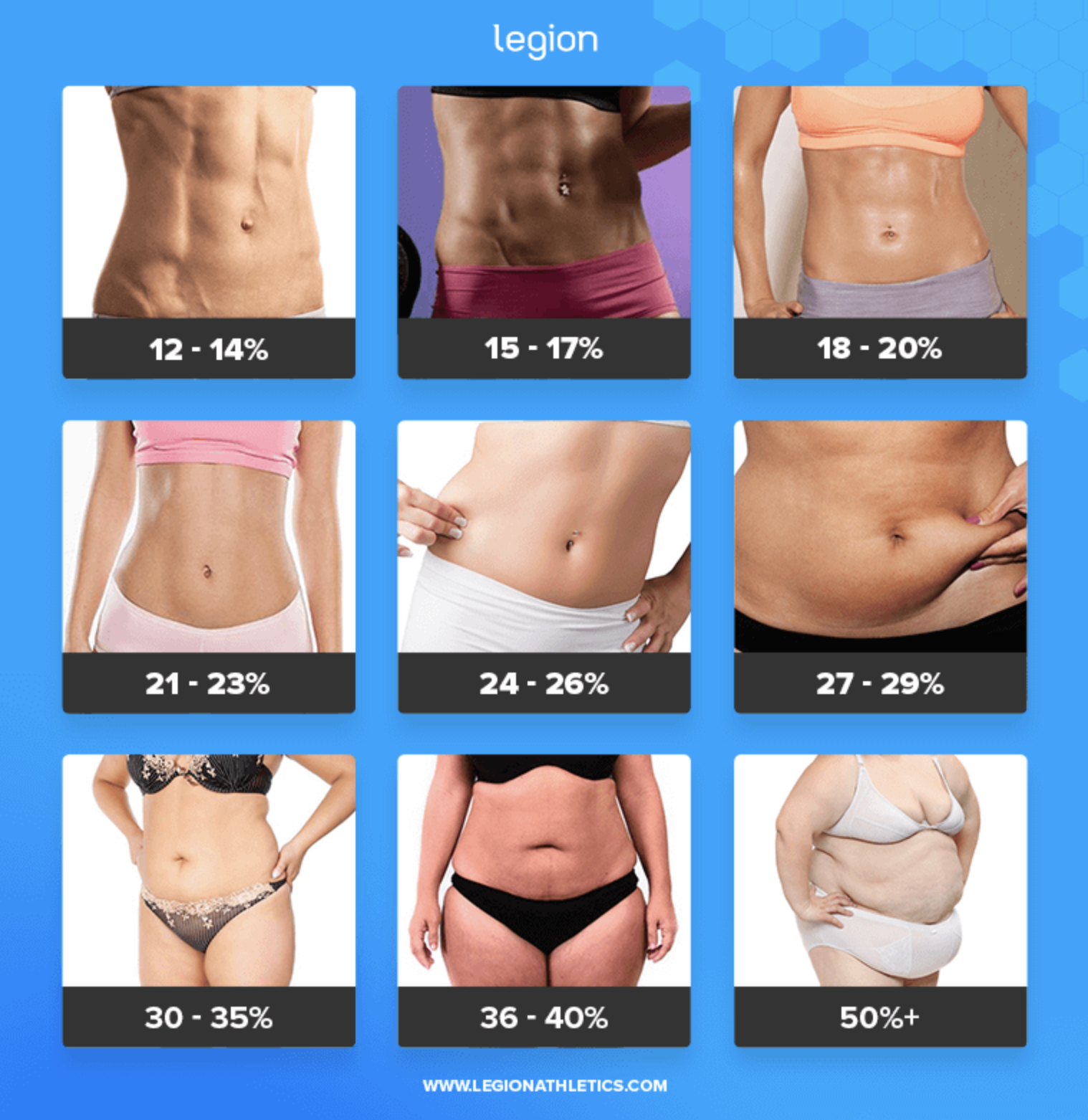You’ve got a smaller-framed high school athlete that needs to put on muscle, and you’ve finally made the decision to get serious about their weight gain goal.
Congratulations! Now you just have to wade through all the hype surrounding diet.
And, if you are at all like most parents, you probably have a lot of questions about protein in particular.
“Does my athlete really need to be eating a lot of protein to put on muscle?”
”If so, how much? Is there a magical number?”
“And does this mean I should have them drinking protein shakes after their workouts?”
We hear you and we’ve got answers for you. Let’s get into it.
How much protein should your athlete be eating per day?
We’ve found that aiming to consume around 1g of protein per pound of lean body mass (LBM) per day seems to be one of the most commonly accepted practices for athletes that want to achieve that lean, athletic physique. And, to be honest with you, most people aren’t really taking that LBM stipulation to account at all.
In other words, in most cases it’s going to be a decent idea to simply use their bodyweight instead of that LBM figure for the sake of keeping things as simple as possible.
It’s also worth nothing that while some experts recommend a bit more protein per day (1.2g or more per pound of LBM) and other researchers and gurus allow for a bit less (as low as 0.7g per pound of LBM), this “1g per Pound Rule” still seems to be the most popular pick.
But, why?
I think it’s because that 1:1 ratio of grams of protein to bodyweight is just a really easy way to calculate your daily protein intake. And, let’s be honest: “Easy” works really well for most people because “easy” is usually adherence-friendly and sustainable long-term.
Think about it this way. People like basic math, and basic math is easy.
If your athlete weighs 125 pounds, they’d eat around 125g of protein per day.
If your athlete weighs 150 pounds, they’d eat around 150g of protein per day.
If your athlete weighs 175 pounds, they’d eat around 175g of protein per day. Simple, right?
I think you get the point.
What does it look like to eat that much protein?
Depending on the size of your athlete and their protein target, it essentially comes down to eating 20-40g of high-quality protein every 3-5 hours.
Just because I know people like specifics, take a look at how I would personally split up my protein meals throughout the day if I were a 180-pound high school athlete with a traditional high school schedule.
SAMPLE DAILY Protein SCHEDULE as a Student-Athlete
6:30AM - Breakfast: 2 whole eggs and 140g of egg whites with oatmeal and toast for 38g of protein
9:30AM - Morning Snack: 43g of whey isolate and an apple for 35g of protein
12:30PM - Lunch: 6 ounces of lean protein, rice or potatoes, and a vegetable for around 36g of protein
3:30PM - Pre-Practice Meal: 43g of whey isolate and a bagel for 44g of protein
7:00PM - Dinner (Post-Practice Meal): 6 ounces of lean protein, a high-carb source, and a vegetable for around 36g of protein
This entire day of eating would yield about 190g of protein from mostly high-quality sources, which would be an amazing start to most 180-pound high school athletes’ pursuit of optimal muscle gain.
But as a quick note, you and your athlete can’t only think about protein and get the results you want. Protein, after all, is just one piece of the bigger puzzle. For a hearty write-up on all the things you’d need to consider, we’ll have a full description of that coming out soon.
Also, if your athlete is smaller than 180 pounds, be sure to tweak those protein quantities to fit their adjusted goal. On average, female athletes will probably need a bit less protein simply due to the fact that they will likely weight less than their male peers. If you’d like help making those decisions for your athlete, don’t hesitate to email us and ask about coaching.
Lastly, keep in mind that this is just how I would structure my own eating. If your athlete has food allergies or preferences against any of the foods mentioned, know that there are plenty of other meal options we could discuss with you.
Although we are not registered dietitians, we can certainly help provide resources to guide you in the dietary choices you make (including those who are vegetarian or vegan).
Does everybody need to be eating that much protein?
Of course not. I want to be clear that these recommendations aren’t for everyday Joe’s and Jane’s – they’re for high school athletes who really want to start taking their muscle gains seriously.
In other words, I’m not suggesting your sweet Grandpa Bob should be shotgunning 60g of whey protein after his mid-morning gardening session to support optimal hamstring and glute development. That would be, well, quite unnecessary (and also hilarious) because Grandpa isn’t trying to get a scholarship as the future star running back of the Alabama Crimson Tide.
Protein recommendations for people less interested in getting jacked and lean are, of course, much lower because they aren’t loading up their bodies with heavy loads with the focused intent of developing the size and density of their muscles.
Since proteins are widely considered the buildings blocks of muscle repair and growth, it makes sense to be eating more protein if you want to be more muscular.
Simply put, if you have an athlete that wants to get jacked and lean to support their sport performance, they are going to need more protein relative to the person that doesn’t.
So, let’s just make sure we’re clear about that.
What does it mean to be “taking things seriously” as a high school athlete?"
I’ve come up with the following checklist to help you make sense of that question for yourself.
Your son or daughter is probably ready to take their physique development “seriously enough” if they are:
Willing to train intelligently with resistance for hypertrophy 3-6 (or even more) times per week as a supplement to their sport specific weightlifting at school.
Willing to eat purposefully in a caloric deficit, a caloric surplus, or at maintenance for the desire body recomposition outcome.
Willing to prioritize their protein intake across 3-6 meals per day if/when possible.
Willing to get the majority of their calories and protein from nutrient-dense foods while saving “junk foods” for treats and special occasions.
Willing to optimize their rest and recovery as much as possible.
Is that your son or daughter? If so, you might give hiring a personal coach some serious consideration.
Playing sports in college can be a lot of fun, and - in my opinion - there’s no need to let your athlete’s lack of attention to diet and nutrition in high school be the difference between continuing the love of the game and letting it go forever once they graduate.
If they have a real chance at playing in college, why not optimize the odds?
So, what’s the takeaway here?
We think it makes the most sense to keep your young athlete’s calculations of protein intake as simple as eating 1g of protein per pound of bodyweight per day if you’re hoping to look as lean and mean as possible this summer assuming you aren’t considerably overweight or even obese.
Remember that there is no “one size fits all” amount of protein your athlete should be consuming, but there are evidence-based ranges that are likely to optimize your progress toward your physique goal. These ranges are calculated on an individual basis based on your current level of leanness. For more detail on that, check out this article of ours.
And, just as a bonus takeaway, no, your athlete doesn’t necessarily need to be drinking protein shakes, but it sure does make hitting their protein targets much easier on a consistent basis. I would personally recommend utilizing shakes once or twice a day if you have a serious goal to build muscle - prioritizing them pre-workout and post-workout when possible.
If you feel like this blog brought you any value at all, consider sending it to another parent of a promising high school athlete. And, of course, we encourage you to take the time to flip through some of our other recent posts for additional content as well.
You can also find a different set of semi-daily content being posted to our Instagram at @ivry.fitness.
Lastly, we do have coaching spots available if you’re interested in hiring a coach to guide your high school athlete toward their muscle building goal. If that’s you, reach out. We know it’s a lot to wade through as a parent, and we’d be happy to walk you and your entire family through the process.
Until next time,
-Andrew




















